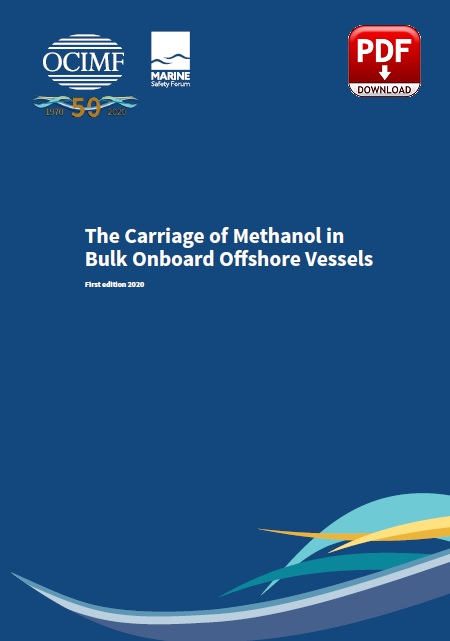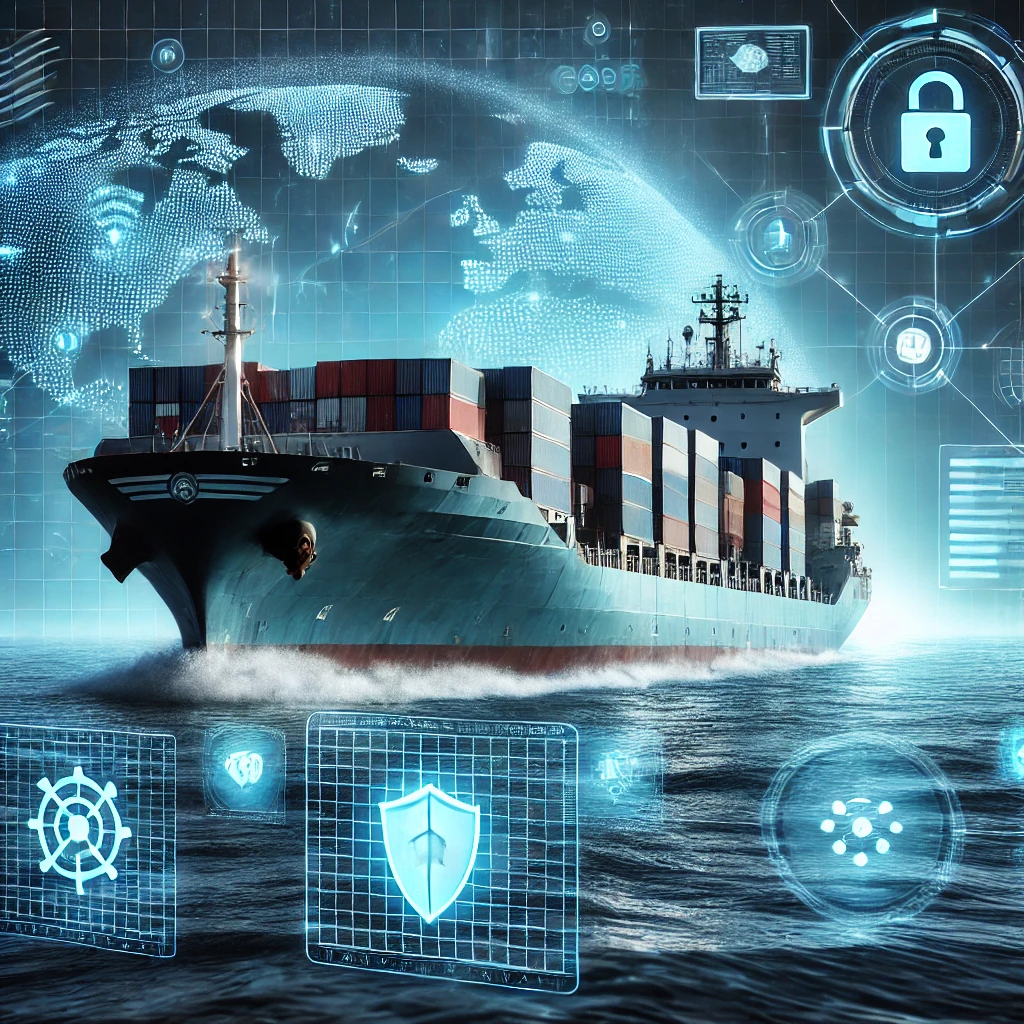Weathernews Inc. and NAVTOR have come together on a mission to enable enhanced simplicity, safety, and efficiency for forward-thinking shipowners and operators worldwide. The newly launched DOSCA DX / NavStation 5.3 marks the start of a voyage into the future of a smarter, more sustainable shipping industry.
Bjørn Åge Hjøllo, e-Navigation Manager at NAVTOR, the global leader in maritime e-Navigation, is explaining the thinking behind the collaboration with Weathernews Inc. (WNI), the world’s largest private weather service company, and the launch of a joint product that combines their expertise on a single platform.
“Simplicity is the key,” he states and WNI Executive Officer Hidenori Iwasa follows: “If we can simplify tasks we can help shipowners and operators unlock efficiencies, improve safety (with less potential for human error and non-compliance), save money, and deliver better environmental performance. By digitizing and, where possible, automating processes we can achieve this. And by working with leading partners like WNI we can integrate further expertise and user-relevant services, adding huge value.“ DOSCA DX /NavStation 5.3 is the epitome of that drive.”
Powerful partnership
WNI and NAVTOR started working together in 2018. While NAVTOR serves a global fleet of around 6,000 customers with advanced e-Navigation products and services, WNI provides weather data and route optimization solutions to around 10,000 vessels globally. The attraction, it seems, was instant:
“For collaborations to work each partner has to bring something distinct to the table, something the other party (or parties) can leverage and develop through their own specialisms,” notes NAVTOR CEO Tor Svanes.
“In this case the synergy was clear – we could combine our navigational expertise with their leadership in weather to deliver compelling benefits; helping customers achieve competitive advantage. It was an excellent foundation to begin building on.”
NavStation and Captain DOSCA are the cornerstones of that foundation.
Integrating excellence
NAVTOR launched NavStation in 2014 as the world’s first digital chart table. This unique software platform collects all the information navigators need for optimal decision making and passage planning in one place, at their fingertips.
The latest ENCs sit at the core of the solution, with further data (such as Admiralty Digital Publications (ADP), Admiralty Electronic Nautical Publications (AENP), NavArea warnings, Environmental Regulations, security alerts, regulatory information, vessel traffic, and much more) ‘layered’ over the charts for complete operational awareness.
In the WNI corner, Captain DOSCA debuted to the maritime market over a decade ago and has gone on to build a position as a globally renowned system for Optimal Weather Routing, helping customers enhance safety, save fuel, reduce emissions and cut OPEX.
By working together the two parties have combined their individual offerings, integrating an updated version of Captain DOSCA into the established NavStation platform. The result is the freshly unveiled DOSCA DX, as it will be marketed to WNI customers, or NavStation 5.3, for NAVTOR users.
But this isn’t about branding, it’s about benefits. And plenty of them.
Optimum benefits
Captain DOSCA’s success was, in part, driven by WNI’s Optimum Ship Routing (OSR) Service, whereby users feed planned routes to an onshore function that optimizes them in accordance with the very latest, detailed and trusted weather data. This allows vessels to sail safe, efficient, and economical routes.
At the same time, NavStation has surged in popularity in recent years due to its Passage Planning (PP) module, which helps automate an otherwise significant administrative burden for single vessels and entire fleets. The PP module cuts the average admin time per voyage, per vessel from over three hours to around just 30 minutes.
By combining those functionalities (amongst many others) onto a single platform, vessels now have a greatly streamlined process with one comprehensive planning station. There is no longer any need to plan on one system and optimize routes on another, transferring data and (with USB sticks as the standard bridge between computers) introducing cybersecurity risk. Everything is integrated, streamlined, and efficient.
Connecting to quality
Both partners agree that the benefits of using just one system, regarding cost and time efficiencies, are huge, but it’s the combined functionality and user-friendliness that are probably the real selling points. DOSCA DX and NavStation 5.3 take the navigators from berth to berth, with no need to piece together routes and collect data from different sources, in one seamless procedure. There’s less room for human errors, one clear process for meeting operational and environmental objectives (saving fuel, costs, and emissions), enhanced quality control, and better security and compliance.
What’s more, having OSR within NavStation’s and NAVTOR’s connected e-Navigation ecosystem allows for greater data sharing between vessels, fleets, and onshore management teams. This means companies can now monitor optimum routes, assess fuel savings, and implement improvements business-wide based on greater data insight.
“It is connected, it is efficient, it is smart.”
Future focus
And that is a critical point for WNI as NAVTOR’s partner. They see smarter data empowered services as the key to unlocking more sustainable shipping for its customer base – maximizing performance while minimizing environmental impact. Hidenori Iwasa says both firms share this vision, as well as the desire to serve their respective (and now combined) customer bases with quality solutions that meet operational needs.
DOSCA DX is the embodiment of that ambition.
“We are so excited to finally reveal our new onboard weather and routing solution”, Iwasa comments. “The launch of DOSCA DX, integrated into the new NavStation 5.3, is the first step we are taking with NAVTOR towards complete synergic e-Navigation solutions to help optimize safety, efficiency, and, most importantly, to support our customers with the need for greener shipping.”
He continues: “Without question, DOSCA DX is our most important development to date; a state-of-the-art solution tool, combining WNI’s high-quality weather data and best-in-class ship routing visualization and optimization with NAVTOR’s leading e-navigation solutions in a seamless user experience”.“This will help our users meet challenges and achieve business objectives – today, tomorrow, and far into the future. It is, we believe, a game-changing innovation.”
The road ahead
DOSCA DX and NavStation 5.3 launch this month – a culmination of successful collaboration, but only the first step on a greater journey.
“We have developed an excellent mutual understanding and, as respective leaders in our fields, can offer unparalleled experience and expertise to share with one another,” Hjøllo concludes. “That will help us drive new developments and continually improve the service and products we can offer to the world fleet, delivering ever greater advantages.
“Because that’s what smart shipping is really about – finding innovative solutions that provide business and environmental benefits, impacting positively upon all industry stakeholders.”
And that, at the end of the day, sounds like an optimal route forward into the future for everyone…
Source: maritimeprofessionals










